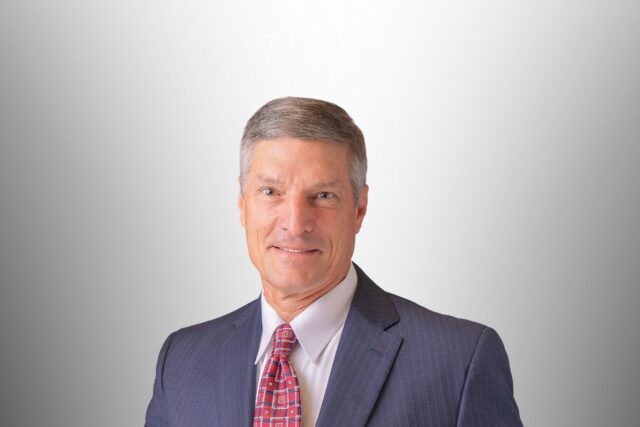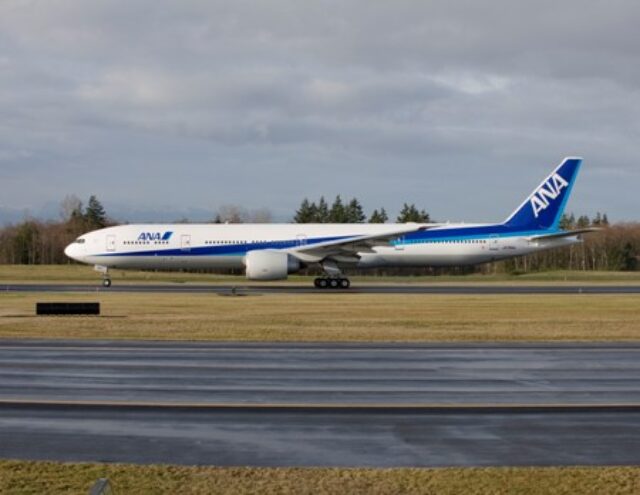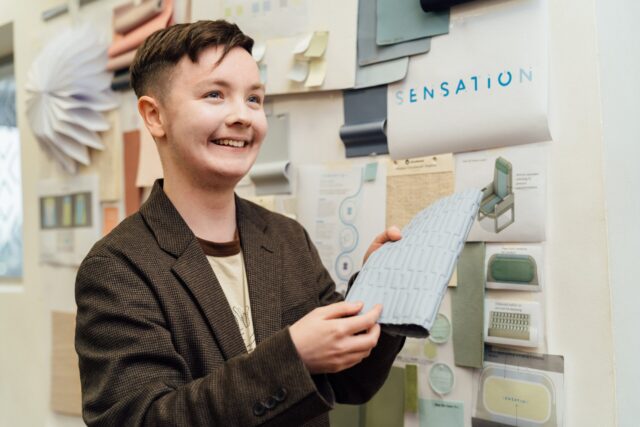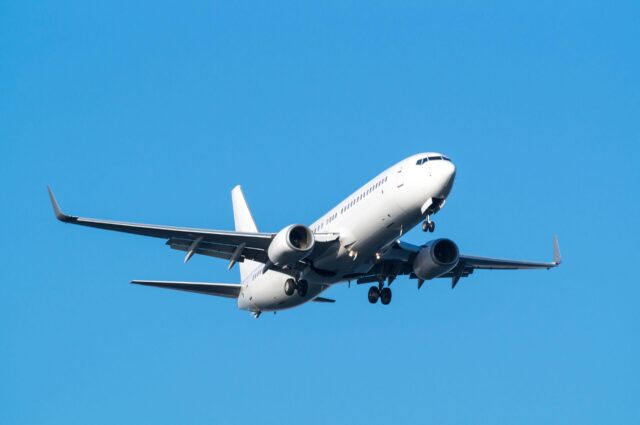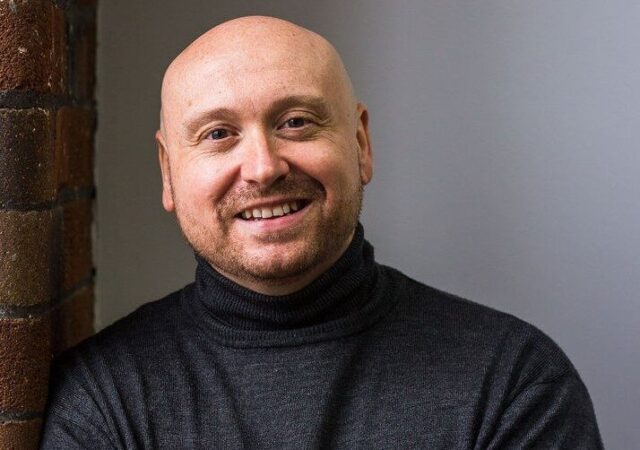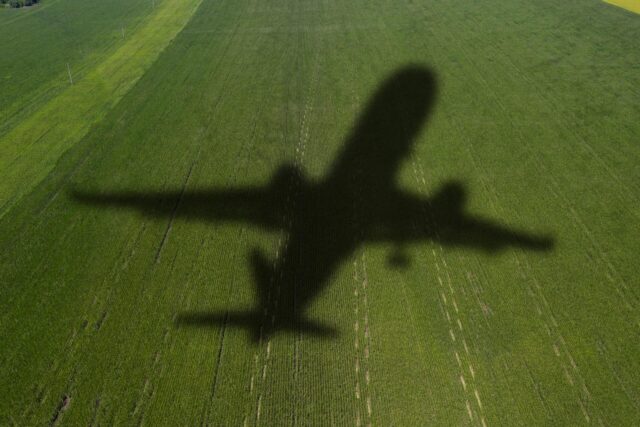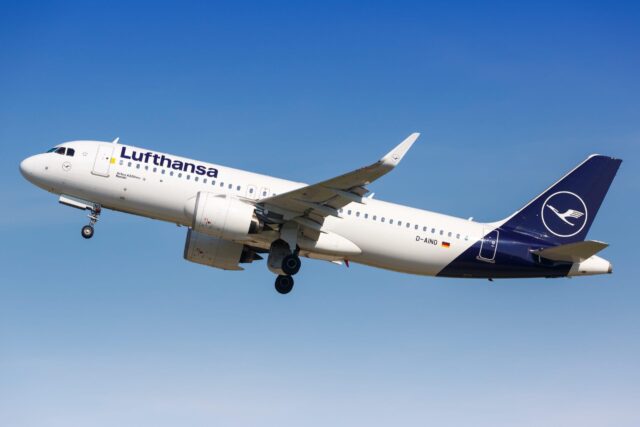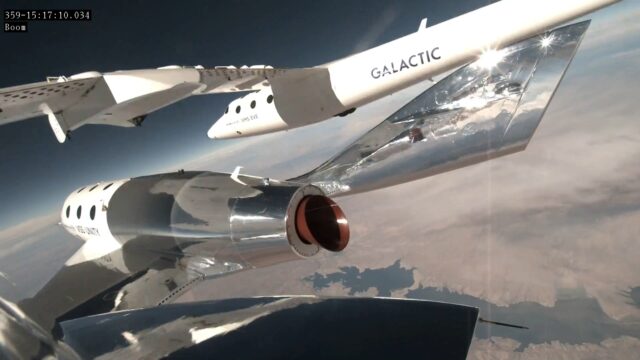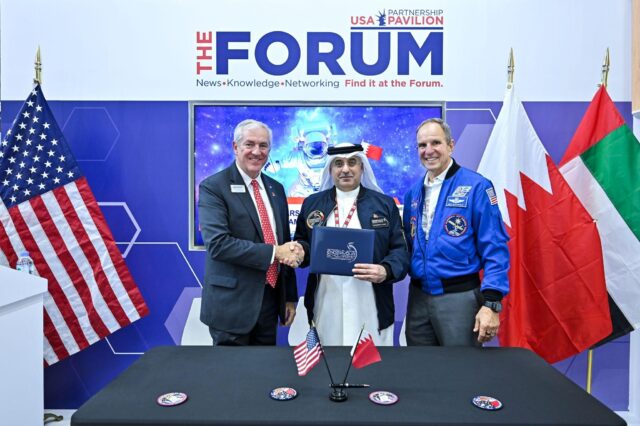The last (plastic) straw: calculating the CO2 of Starbucks’ corporate jet commute
August 28, 2024

It’s a trope recurrent in the mainstream media: a high net worth induvial is witnessed harnessing the benefits of private aviation and is subsequently vilified on social media – with increasing reference to the smallest of substitutes, the paper straw. “Another billionaire contributing to climate change while we sip from soggy straws,” claim the disgruntled comments. However, this week’s corporate aviation use case has particular relevance to the beverage-focused frustration with the incoming Starbucks CEO coming under criticism for his private jet commute.
Embracing corporate aviation
“I have long-admired Starbucks’ iconic brand, unique culture and commitment to enhancing human connection around the globe” announced Starbucks’ incoming CEO Brian Niccol, who – as per the terms of his job offer letter – agreed to make a weekly journey from his residence in Newport Beach, California to the coffee giant’s headquarters in Seattle, Washington.
Admittedly, the creation of “a small remote office” in Niccol’s home town has sparked controversy among employees who, as of January 2023, have been mandated to return to their main workplaces for a minimum three days a week; with Starbucks describing the new policy at the time as “time to right something that has been inherently not fair”.
1,000 mile commute
However, it’s the way in which Starbucks’ CEO will perform the commute (estimated to be less than 1,000 miles) that has garnered negative attention. Federal Aviation Administration (FAA) registry information states Starbucks currently has two Gulfstream G550s at its disposal through Seattle-based subsidiary Capital Asset Leasing (with Cirium data indicating a G700 also on order), although Starbucks has not confirmed the type Niccol will commute with. Produced from 2003-2021, the G550 has capacity for 18, although is more commonly configured for eight to ten executive passengers.
However, assuming Long Beach to be the nearest suitable airport for the likely candidate of the G550 (a 25 minute drive), it’s a flight time of around 1hr 45min to Seattle Boeing Field (not accounting for weather, fuel reserves or other diversions). Aircraft charter advisors.com estimate the type’s fuel burn to be 438 gallons an hour, which – when combined with the US Energy Information Administration (EIA)’s carbon emissions figure for jet fuel as 9.75kg a gallon – equates to around 15 metric tons of CO2 emissions produced per round trip.
Drawing the short straw?
Whilst it’s important to stress the above calculations are broadly speculative, just how do those estimated 15 metric tons equate back to the notion of offsetting them with the much-maligned soggy paper straw perspective?
In 2018, Starbucks opted to ban plastic straws by 2020, eliminating more than one billion units a year. Online reference ‘shop without plastic’ estimates a single eliminated plastic straw saves 0.48kg of CO2, meaning that a year without Starbucks plastic straws would prevent the creation of 480,000 metric tons of CO2. That’s an estimated 32,000 round-trip G550 commutes offset by customers’ switches – potentially a lot higher than initial expectations.
No substitute for sustainability
Ultimately, it’s imperative to conclude that the paper straw substitution scenario is in no way representative of a realistic attempt to offset emissions; nor is this an attempt to justify or decry the use of corporate business travel in a any specific situation.
Private aviation remains a vital tool for connectivity, shortening distances, making face-to-face connections possible, and – for corporations able to adopt its benefits – can be seen as an essential asset. However, with sustainability issues increasingly at the forefront of individuals and companies’ considerations, it will doubtless continue to divide public debate.

